Let’s have a little look at photographing flowers and other things with a flash outdoors. While you might question why you need a flash outdoors while shooting in natural light, using a low-power flash can be very handy.
.mgl-tiles { display: none; } #mgl-gallery-634ecb38af6fd { margin: -5px; width: calc(100% + 10px); } #mgl-gallery-634ecb38af6fd .mgl-box { padding: 5px; } @media screen and (max-width: 768px) { #mgl-gallery-634ecb38af6fd { margin: -5px; width: calc(100% + 10px); } #mgl-gallery-634ecb38af6fd .mgl-box { padding: 5px; } } @media screen and (max-width: 460px) { #mgl-gallery-634ecb38af6fd { margin: -5px; width: calc(100% + 10px); } #mgl-gallery-634ecb38af6fd .mgl-box { padding: 5px; } }
without flash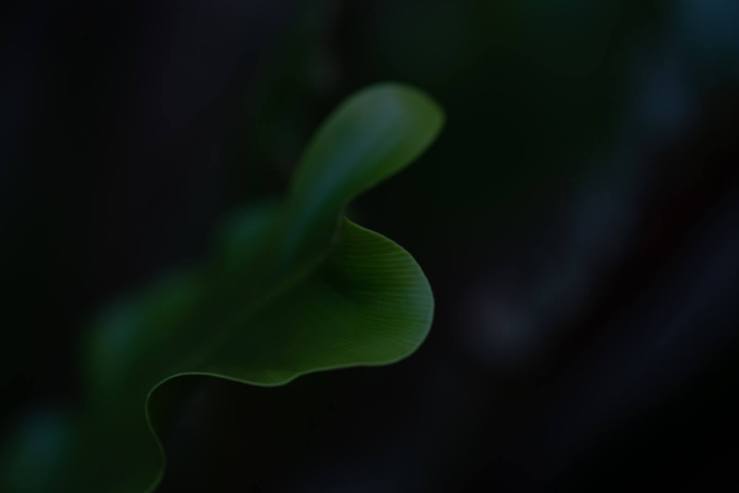
with flash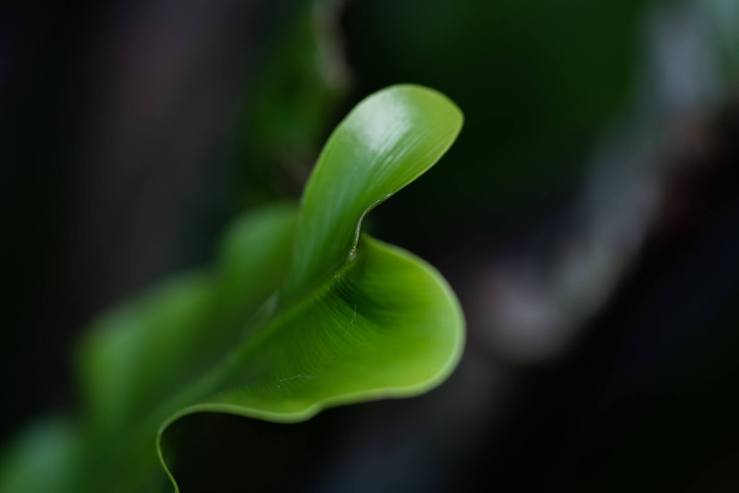
without flash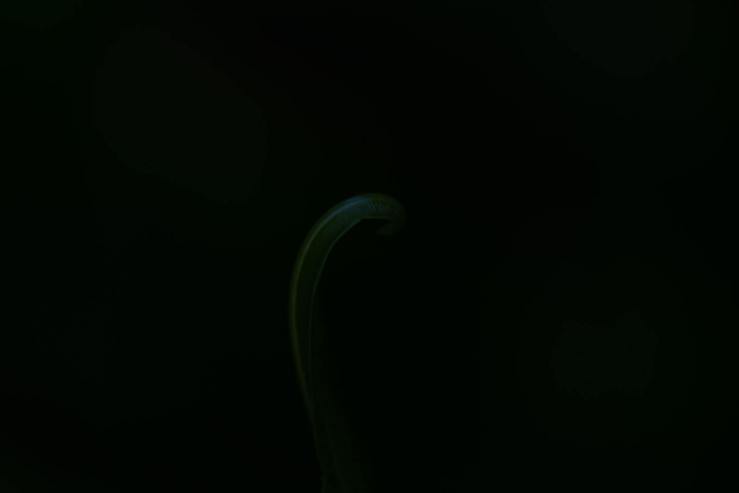
with flash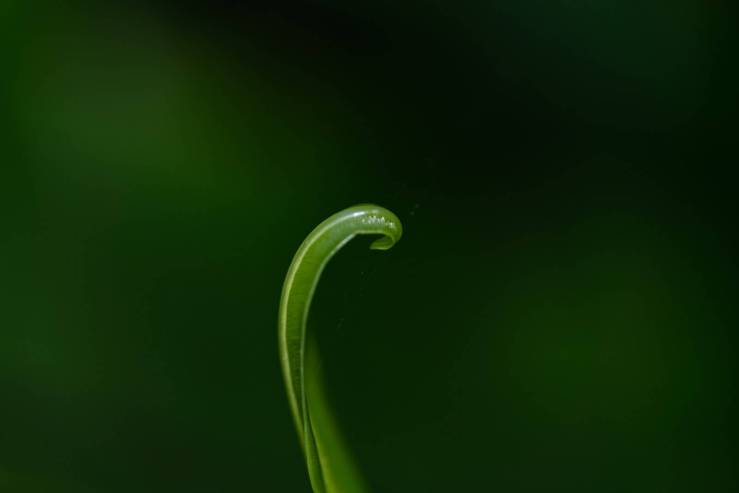
Why use a flash or speedlight outside
Even with available light, if shooting early morning, late afternoon or on really cloudy gloomy days, finding enough light to capture all your details is difficult. Add to that when shooting macro you are often blocking your own light, too.
So using a low-powered flash really can be beneficial. We don’t want to light the subject up like a Christmas tree, rather just a subtle light to expose all those magical macro details.
I put together this little video just showing my very simple setup and the available light in my backyard.
Gear used
- Flowers & plants from my garden
- Sony a7R iii
- Sony 90mm Macro
- Meike M320 speedlight
Camera settings
- Auto White balance
- Spot Metering
- Autofocus
- f/2.8 — f/4.0
- ISO 100
- Shutter speed 1/160s
- Focal length 90mm
Final comparison images
I wandered around the garden and captured a few subjects with and without the flash with the same settings, to showcase the difference. I will put the without flash on the left and with flash on the right.
.mgl-tiles { display: none; } #mgl-gallery-634ecb38b085b { margin: -5px; width: calc(100% + 10px); } #mgl-gallery-634ecb38b085b .mgl-box { padding: 5px; } @media screen and (max-width: 768px) { #mgl-gallery-634ecb38b085b { margin: -5px; width: calc(100% + 10px); } #mgl-gallery-634ecb38b085b .mgl-box { padding: 5px; } } @media screen and (max-width: 460px) { #mgl-gallery-634ecb38b085b { margin: -5px; width: calc(100% + 10px); } #mgl-gallery-634ecb38b085b .mgl-box { padding: 5px; } }
Without flash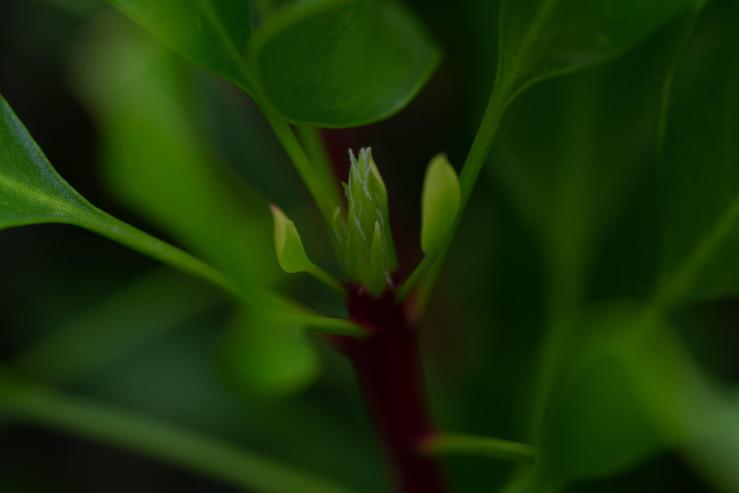
with flash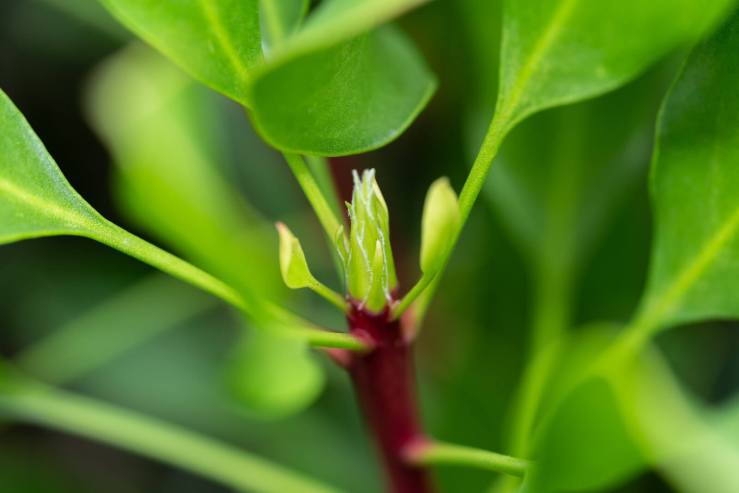
.mgl-tiles { display: none; } #mgl-gallery-634ecb38b1157 { margin: -5px; width: calc(100% + 10px); } #mgl-gallery-634ecb38b1157 .mgl-box { padding: 5px; } @media screen and (max-width: 768px) { #mgl-gallery-634ecb38b1157 { margin: -5px; width: calc(100% + 10px); } #mgl-gallery-634ecb38b1157 .mgl-box { padding: 5px; } } @media screen and (max-width: 460px) { #mgl-gallery-634ecb38b1157 { margin: -5px; width: calc(100% + 10px); } #mgl-gallery-634ecb38b1157 .mgl-box { padding: 5px; } }
without flash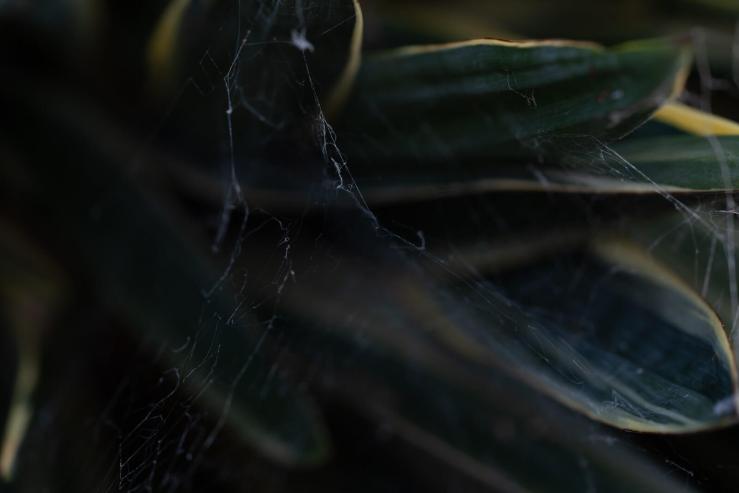
with flash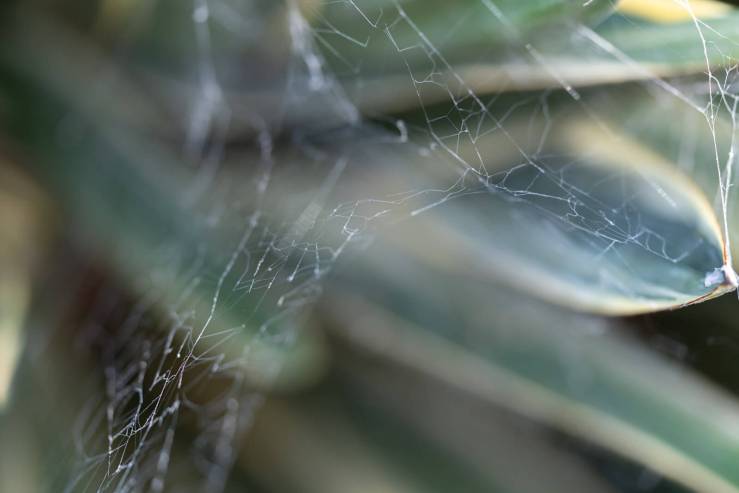
.mgl-tiles { display: none; } #mgl-gallery-634ecb38b19ff { margin: -5px; width: calc(100% + 10px); } #mgl-gallery-634ecb38b19ff .mgl-box { padding: 5px; } @media screen and (max-width: 768px) { #mgl-gallery-634ecb38b19ff { margin: -5px; width: calc(100% + 10px); } #mgl-gallery-634ecb38b19ff .mgl-box { padding: 5px; } } @media screen and (max-width: 460px) { #mgl-gallery-634ecb38b19ff { margin: -5px; width: calc(100% + 10px); } #mgl-gallery-634ecb38b19ff .mgl-box { padding: 5px; } }
without flash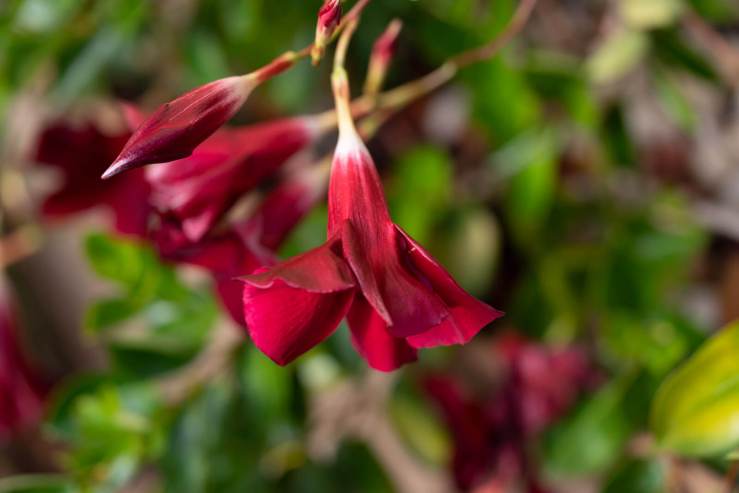
with flash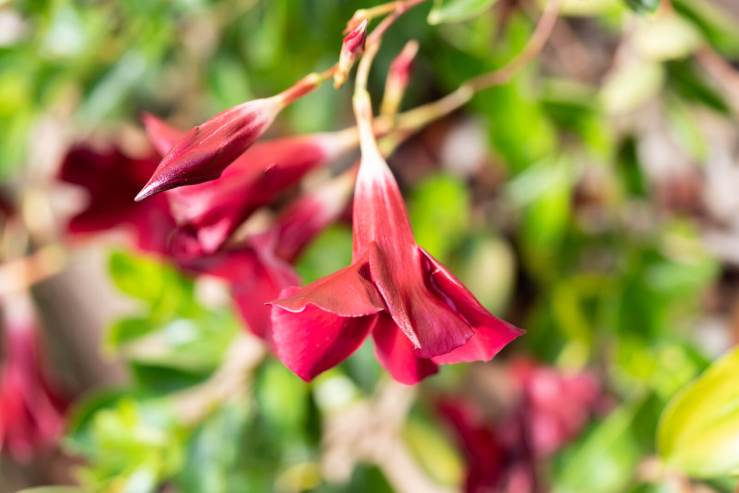
.mgl-tiles { display: none; } #mgl-gallery-634ecb38b22b7 { margin: -5px; width: calc(100% + 10px); } #mgl-gallery-634ecb38b22b7 .mgl-box { padding: 5px; } @media screen and (max-width: 768px) { #mgl-gallery-634ecb38b22b7 { margin: -5px; width: calc(100% + 10px); } #mgl-gallery-634ecb38b22b7 .mgl-box { padding: 5px; } } @media screen and (max-width: 460px) { #mgl-gallery-634ecb38b22b7 { margin: -5px; width: calc(100% + 10px); } #mgl-gallery-634ecb38b22b7 .mgl-box { padding: 5px; } }
without flash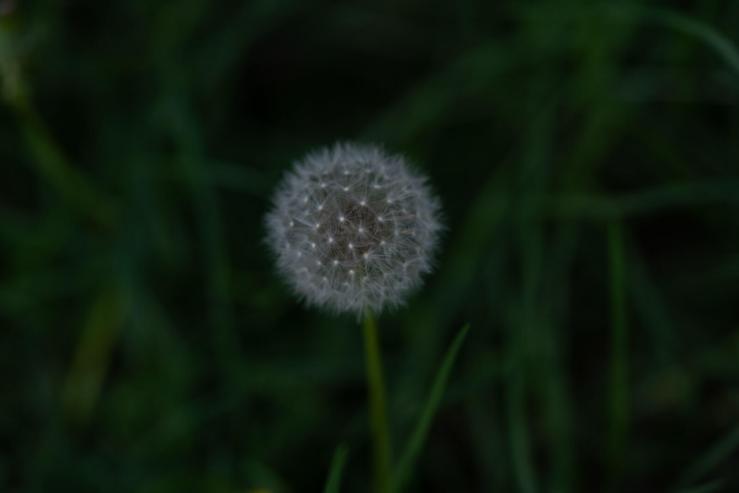
with flash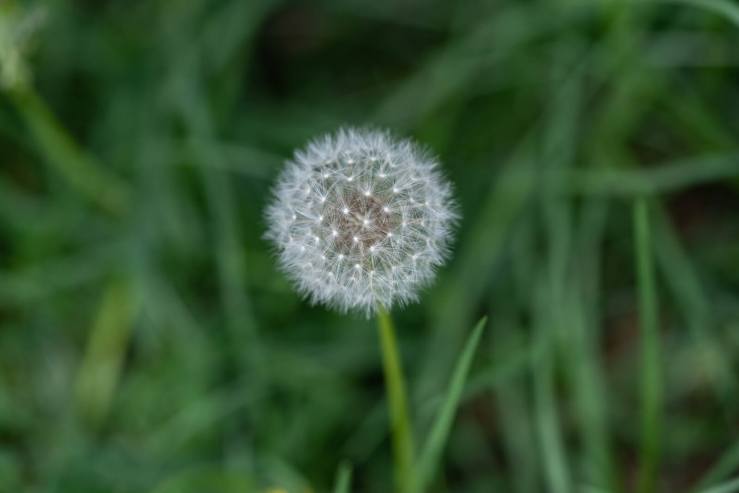
I’m sure you get the idea now, that just using a subtle amount of flash can really bring the details out. Could I have used a macro ring light? Of course. But I often find them a little troublesome on some lenses with vignetting and actually fitting properly.
I could also have used off-camera speedlights and LED light banks. Again it is really a case of using what you have in your kit. Remember the more stuff you have, the more stuff you have to carry!
Want to learn more about capturing gorgeous flowers and plants and even insects in macro? Why not try my self-paced and online A World in Miniature class, and learn all about Macro photography. Or even my The Magic of Macro introductory class
Tell your story with the second annual Visual Storytelling Conference!
Experience four days of interactive, online training sessions featuring a range of educational content with experienced photographers and content creators. This free event kicks off with a series of technical boot camps to build essential skills, followed by live, online sessions on photography, video, business and social media. Join live from March 10-13, 2022!
